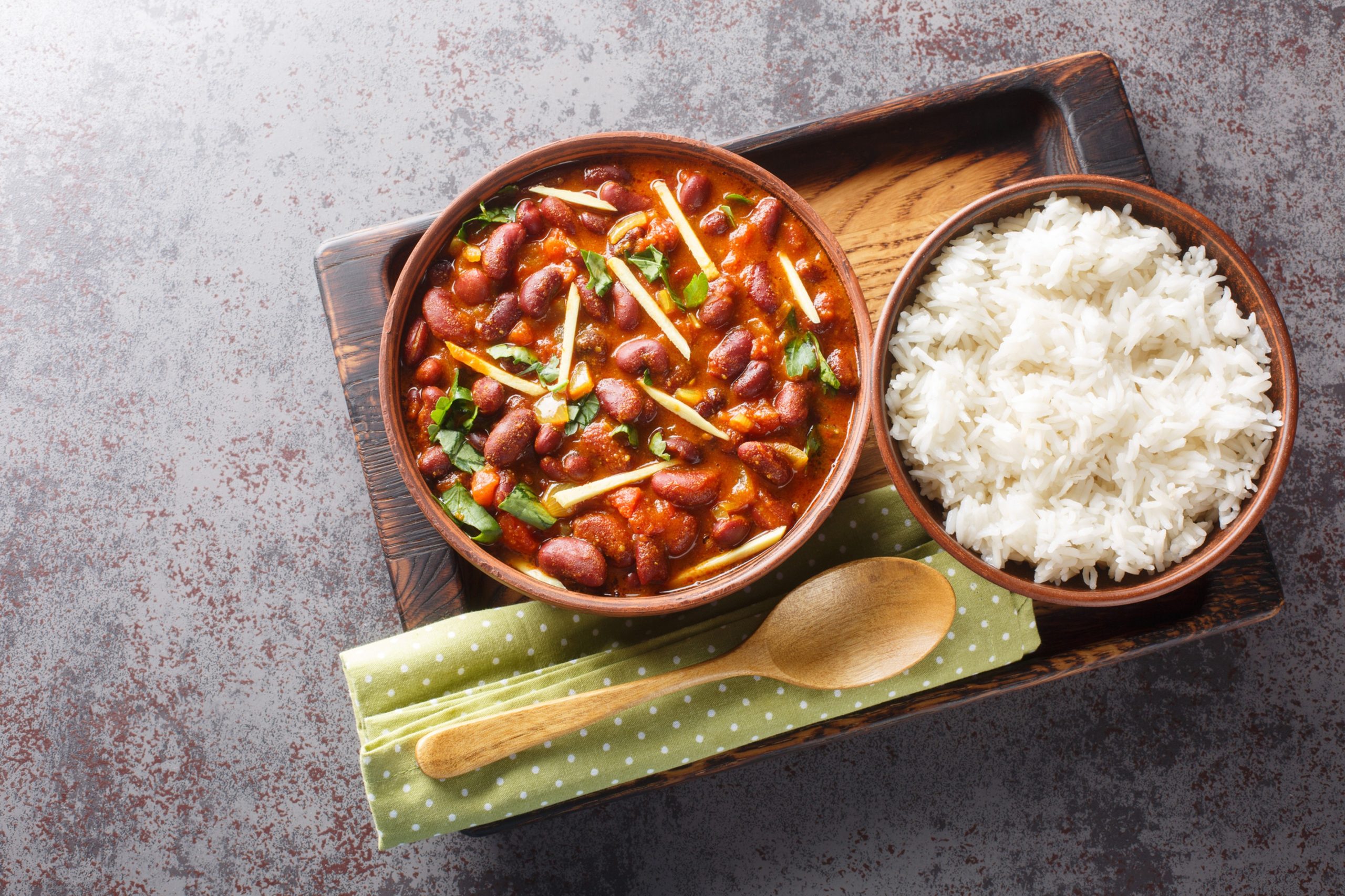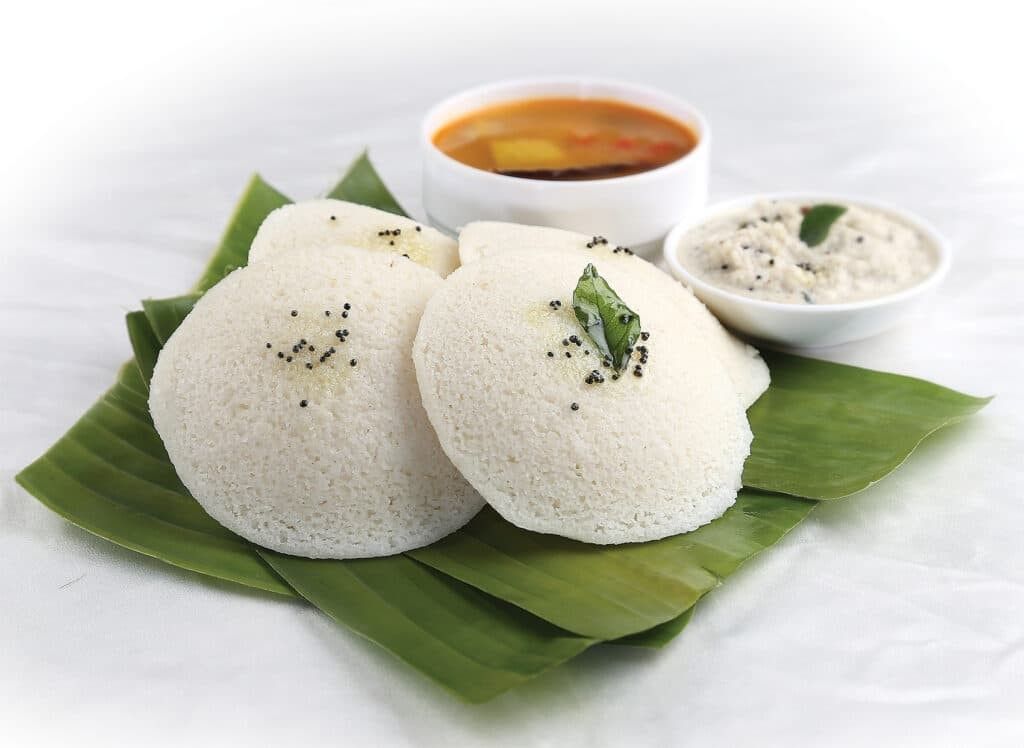- Saturday, July 27, 2024
Rajma Chawal is soothing food for north Indians, whereas Idli-Sambhar is a staple dish in the south

By: Vibhuti Pathak
Indian cuisine has always varied from region to region, the spices, the preparations and the ingredients are known for their uniqueness and their nutrition.
However, a recent study led by Luis Roman Carrasco, Associate Professor of Biological Sciences at the National University of Singapore, sheds light on the environmental impact of our food choices.
The study evaluating the biodiversity footprints of 151 popular dishes worldwide, India’s beloved culinary offerings, including idli, chana masala, rajma (kidney beans), and chicken jalfrezi, have found their way into the top 25 dishes causing significant damage to biodiversity.
Among the dishes examined, lechazo, a roast lamb recipe from Spain, emerged with the highest biodiversity footprint score, followed closely by four beef or meat preparations from Brazil. Surprisingly, idli secured the sixth position, with rajma (kidney beans) trailing closely at seventh.
“In our analysis, the biodiversity footprint represents the amount of species that have been at least partially impacted to produce that dish,” Carrasco said.
The meat dishes from Spain or Brazil topped the list because they are prepared by using meat, which directly affects the biodiversity, pushing them more towards extinction. Although idli and rajma (kidney beans) are vegetarian dishes, being in the top six and seven positions has surprised everyone.
The investigation meticulously evaluated all 151 dishes, scrutinising how the ingredients affected the diversity of wild mammals, birds, and amphibians within the cropland.
While individuals typically choose food based on taste, cost, and health, this study aspires to foster environmental awareness by guiding people in customising their dietary preferences.
The research, released on Wednesday in the journal PLOS One, addresses the growing apprehensions regarding biodiversity decline, predominantly fueled by habitat loss linked to expanding agriculture. A previous research indicates that the food consumption of an average household contributes to 20% to 30% of its overall environmental impact.

Notably, dishes featuring rice and legumes, staples in many Indian meals, exhibited unexpectedly high biodiversity footprints.
Carrasco explained, “The large impacts of legumes and rice in India were a surprise, but when you think about it, it makes sense.” India’s significant cultivation of legumes such as chickpeas and kidney beans, along with rice, contributes to these high biodiversity footprints.
They concluded that legumes were ranked higher in the list primarily because these dishes come from India and Mexico. In India, the shift from land conservation to agriculture has led to loss of subalpine forests, including the Indian Himalaya region, which is a significant global biodiversity hotspot.
The Indians living in the northern states consider rajma-chawal (rice) as the soothing food, served with onion slices, it is a full meal for people. Whereas, the idli is served with sambhar (stewed vegetables with spices and edible split pulse) and coconut chutney is a staple dish in southern parts of India.
In terms of the lowest biodiversity footprint, French fries secured the bottom rank, with baguettes, pureed tomato sauce and popcorn also among the dishes with minimal environmental impact. In the Indian context, aloo paratha ranked 96th, dosa 103rd and and bonda (a fried dish of mashed potato coated with chickpea paste) secured the 109th position.
Among the top 25 dishes with the largest biodiversity footprints are several Brazilian meat dishes, a Korean meat and vegetable stew, meat and pork dishes from Mexico and chicken jalfrezi ranked 19, dal 20, and chana masala 22.
“If Indians were to shift to more meat consumption and production the impact on biodiversity would be much higher,” he said.
Despite the high biodiversity footprints associated with rice and legume dishes, Carrasco acknowledged India’s success in coexisting with biodiversity, largely owing to its significant vegetarian population.